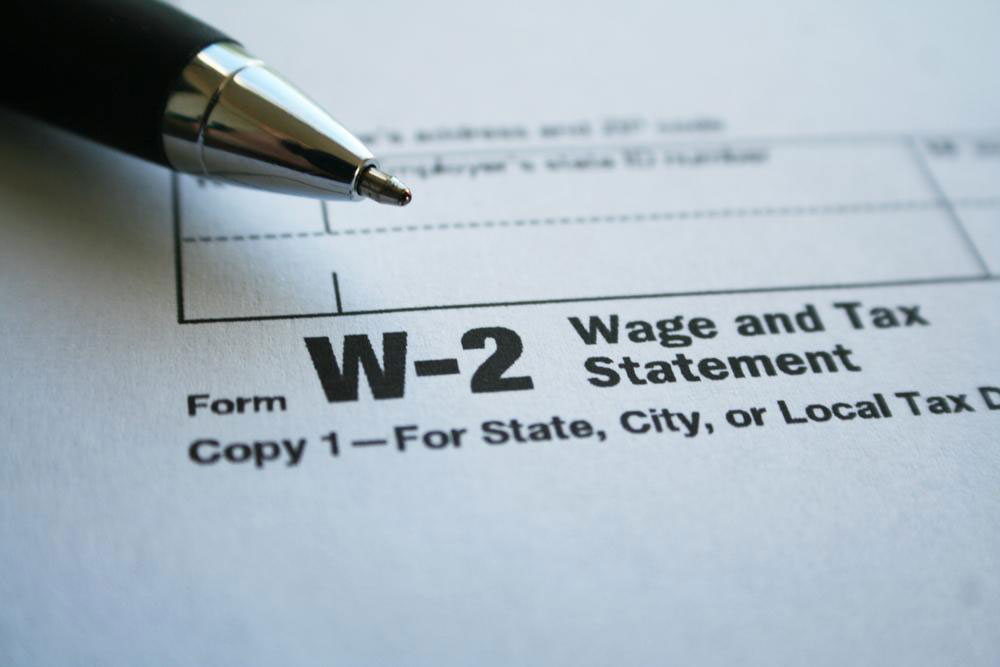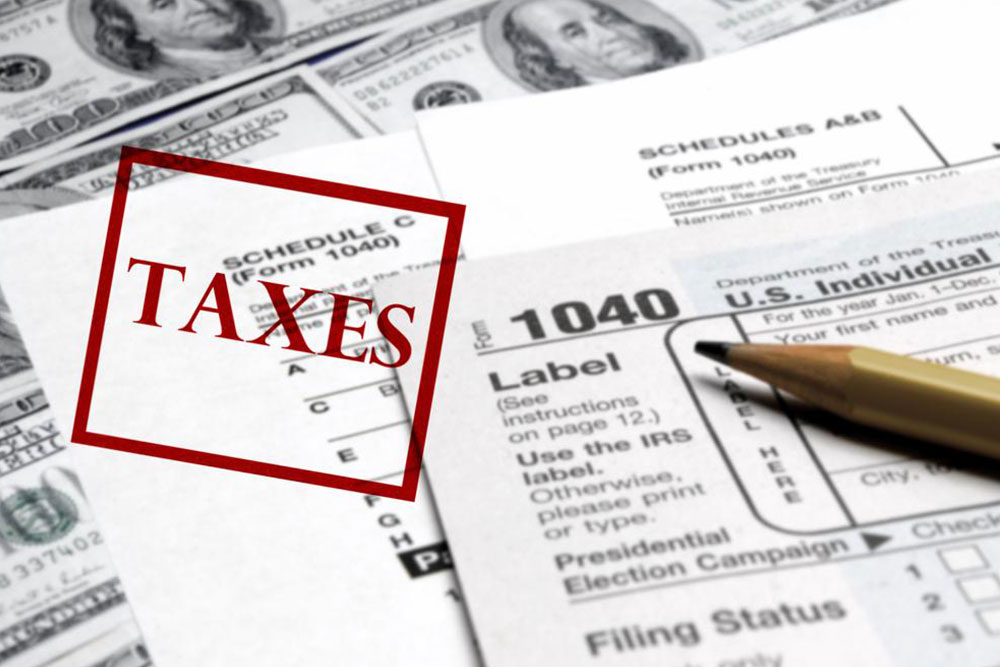Understanding the W-2 Tax Document: A Complete Guide
This article provides a comprehensive overview of the W-2 tax form, explaining its purpose, key components, and importance for employees during tax season. It highlights deadlines, the significance of accurate information, and the proper way to include the form in tax filings, helping individuals understand and manage their tax documentation efficiently.
Sponsored

The W-2 form is essential for reporting the taxes deducted from your earnings during a year. It summarizes federal, state, and local taxes withheld from your paycheck, which are used for tax filings. Employers are required by the IRS to provide this form by January 31st each year, covering income details like wages and tax withholdings from the previous year. Employees rely on the W-2 for accurate tax return preparation, making its correct receipt and understanding crucial.
This form is issued exclusively to employees; self-employed individuals or independent contractors receive a 1099 form instead. The W-2 contains multiple sections, including boxes showing total wages, federal tax withheld, Social Security and Medicare taxes, and other relevant income and tax details. Ensuring personal information, like your Social Security number, is correct is vital for accurate filings and IRS matching.
When filing taxes, a copy of the W-2 must be included. Electronic filers input the details directly, while paper filers attach the physical form to their return. Accurate W-2 information simplifies the tax process and ensures compliance with IRS regulations.
W-2 tax form explained
Tax withholding details
Employee-specific document
Important for tax filing






